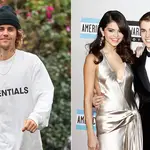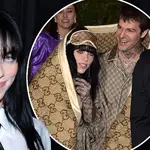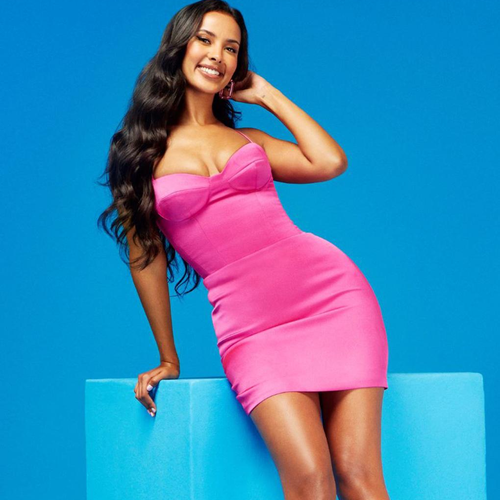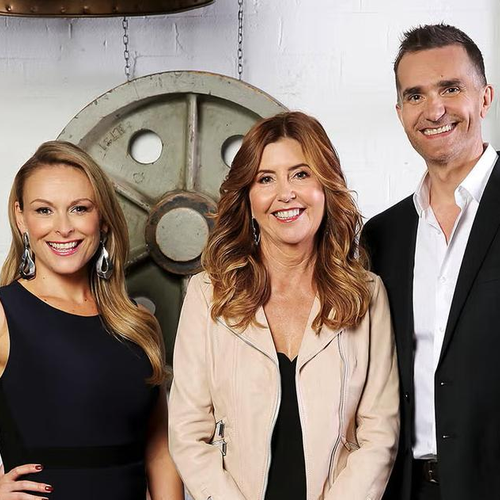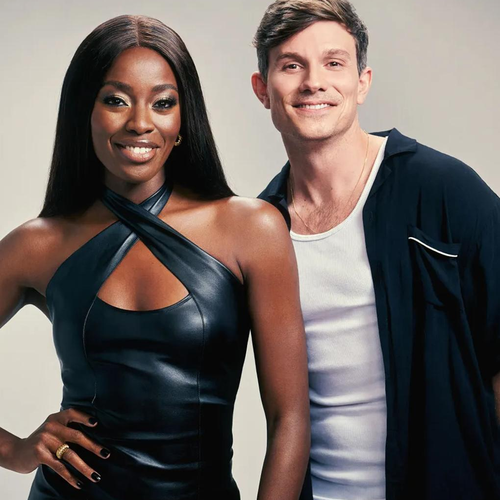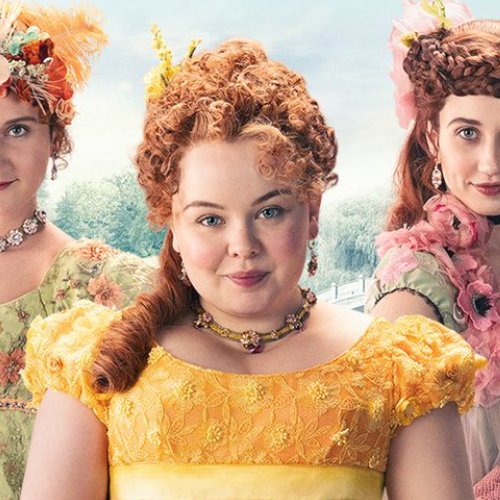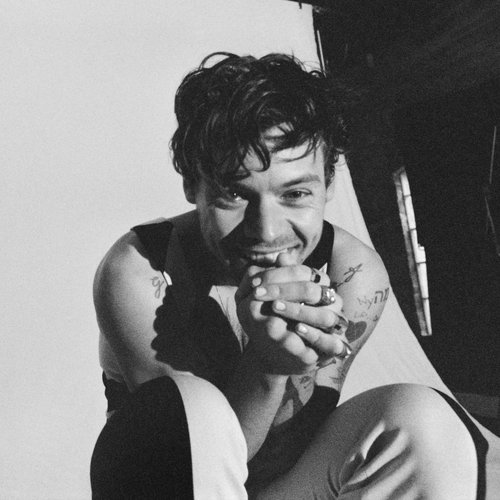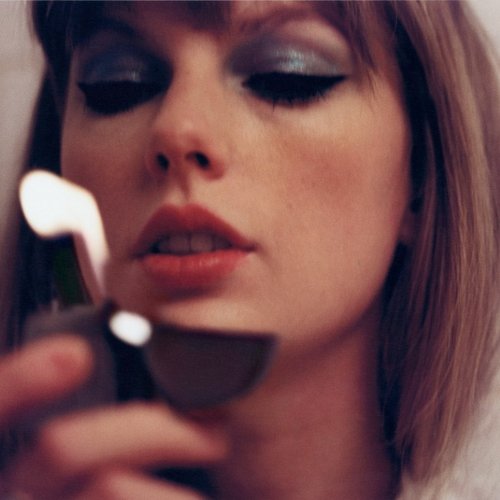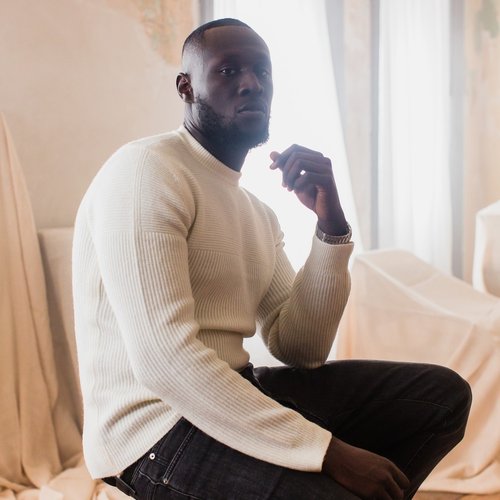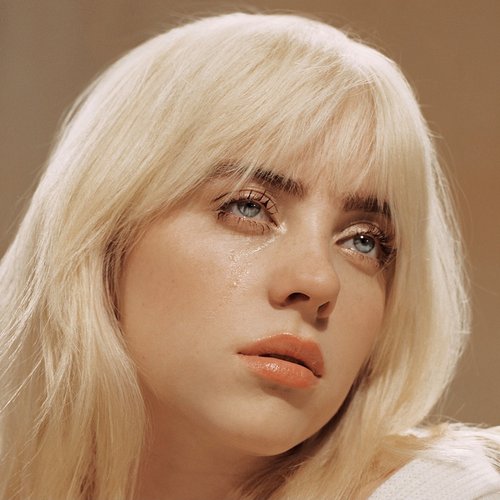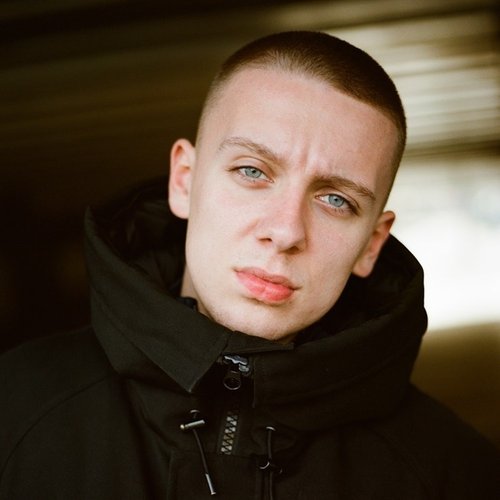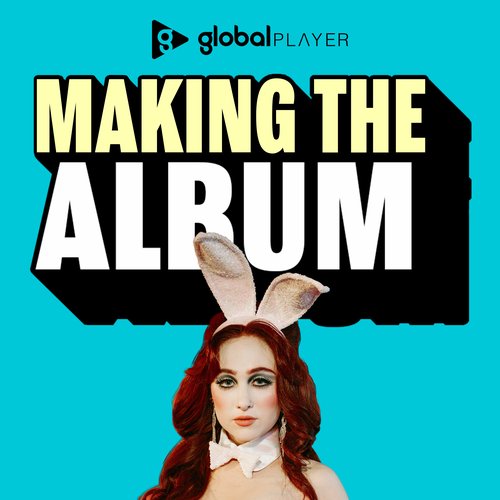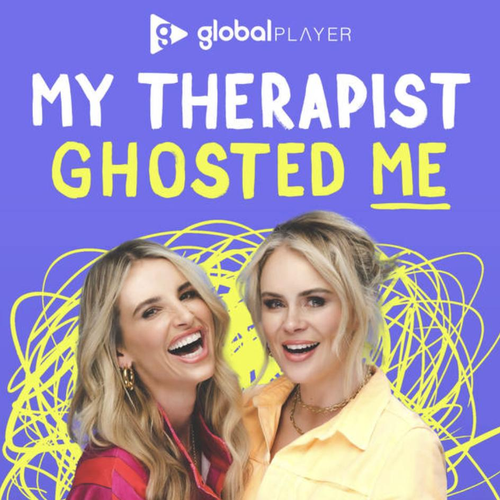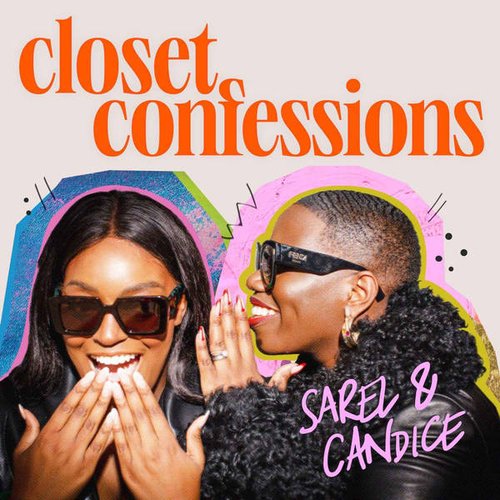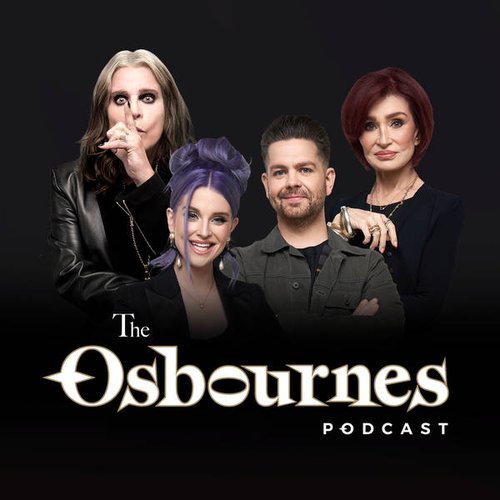Is Netflix's Ripley The Same As The Talented Mr. Ripley Film? The Differences Explained
5 April 2024, 12:43 | Updated: 5 April 2024, 12:46

Is Ripley on Netflix the same as The Talented Mr. Ripley movie? The show is the fourth adaptation of the 1955 novel, here are all the differences between the 1999 film and the eight-part series.
Listen to this article
Like the rest of Netflix's audience you are probably debating watching the new series Ripley starring the incredible Andrew Scott as Tom Ripley and Dakota Fanning as Marge Sherwood.
The eight-part thriller is based off of the 1955 novel by Patricia Highsmith titled The Talented Mr. Ripley and is the fourth visual adaptation of the book. The most popular adaptation is the 1999 film by the same title which starred Matt Damon, Jude Law, Gwyneth Paltrow, Cate Blanchett and the late Phillip Seymour Hoffman.
- Read more: Is Netflix’s Ripley Based On A True Story?
- Read more: Netflix’s Ripley Ending Explained: Did Ripley Get Away With It?
If you've seen the film you might think the eight-part series isn't worth your time, but you'd be wrong. There are some notable differences between the film and series, and we are here to explain them to you. There aren't any spoilers so don't worry about that!
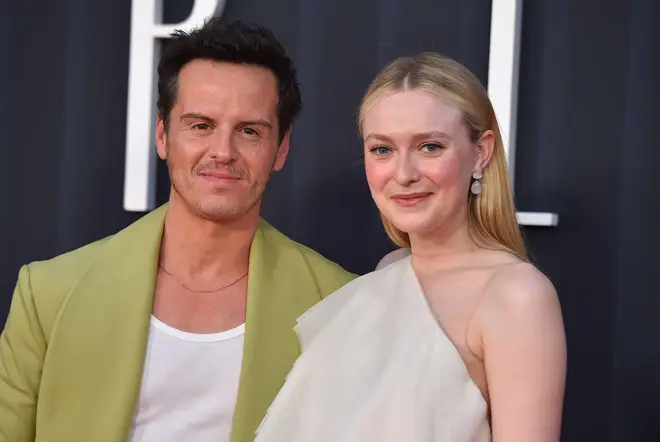
The series is in black and white
The most obvious difference is that the 1999 film is filmed in vibrant colour, placing an emphasis on the beautiful settings across southern Italy, while the series is filmed entirely in black and white.
The dark cinematography by Robert Elswit increases the tension of the story from the get go, intensifying every movement made by Tom Ripley.
You learn more about the story in the series
The hour long episodes give Mr. Ripley's story much more breathing space. The film had to squeeze the story into two hours but this series tells the entire story through eight hours meaning it is able to better reflect the novel it is based off of.
This also means the characters have more time to develop. And the characters in the series are adapted different than the film as Andrew told Vanity Fair: “You don’t play the opinions, the previous attitudes that people might have about Tom Ripley,
"You have to throw all those out, try not to listen to them, and go, Okay, well, I have to have the courage to create our own vision and my own understanding of the character.”

Ripley's 'queerness' leaned into in the series
“The film leaned into Tom’s gayness, and this show perhaps leans toward his queerness, in the sense that he’s other,” Andrew has said.
The difference between gayness and queerness in the series is down to Andrew not wanting to "diagnose him with anything: his nationality, his age, his sexuality". So, unlike the film, which leans into homoeroticism, the series leaves you with questions about Ripley's sexuality. "The reason the character is so enduring is because we have so many questions about him,” Andrew said.
Patricia, who penned the original book, denied that Ripley was gay in an 1988 interview, instead insisting that he was just a character who "appreciates good looks in other men”.
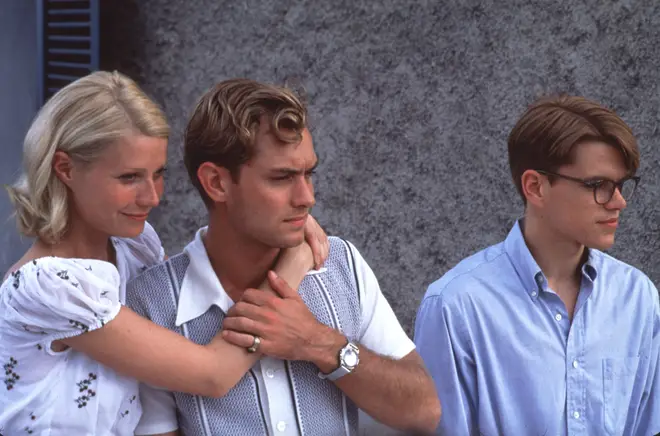
Andrew Scott's Ripley is more sinister than Matt Damon's
The director of the series, Steven Zaillian, has said he wanted to create something less “beautiful” and more “sinister” with his adaptation of the novel.
Andrew said he was surprised to be selected for the role, asking: "What part of my murderous nature are you picking up on?" But it's likely not his loveable roles like the priest in Fleabag that inspired the decision but his performance as the criminal Jim Moriarty in BBC's Sherlock.
Matt's Tom Ripley is given a more innocent look with glasses and mousy brown hair, whereas Andrew's version of the character comes across more disturbed, especially as he is filmed in black and white.
Listen live to Capital, and catch up on any shows you missed, on Global Player.













